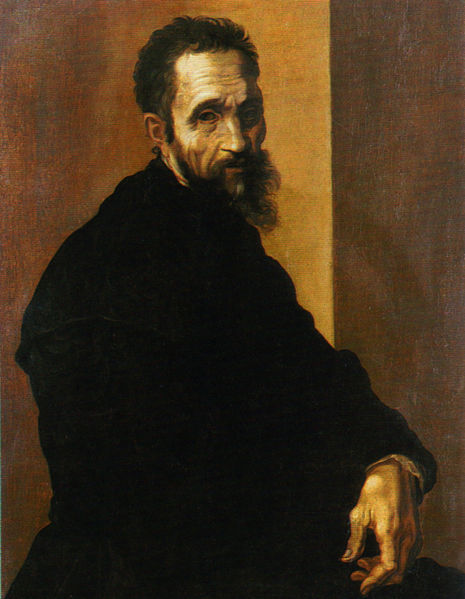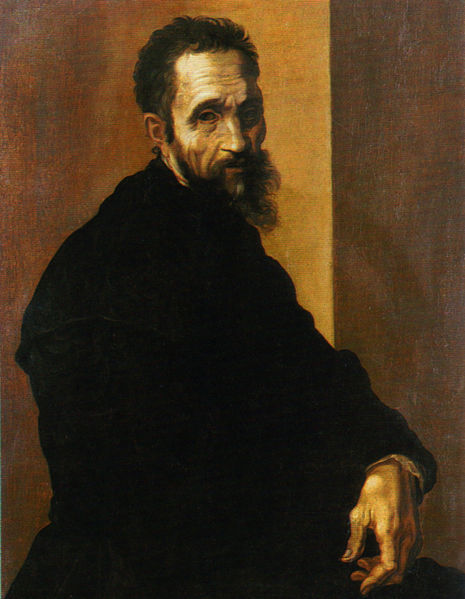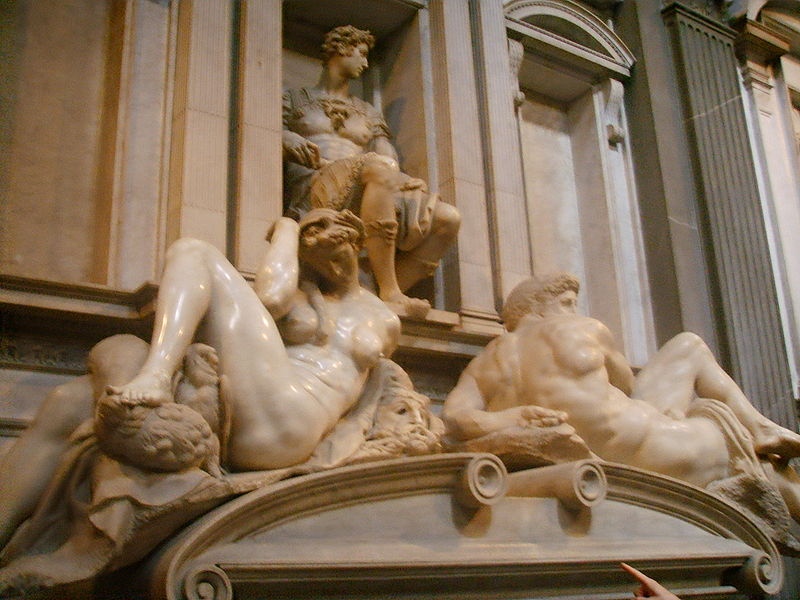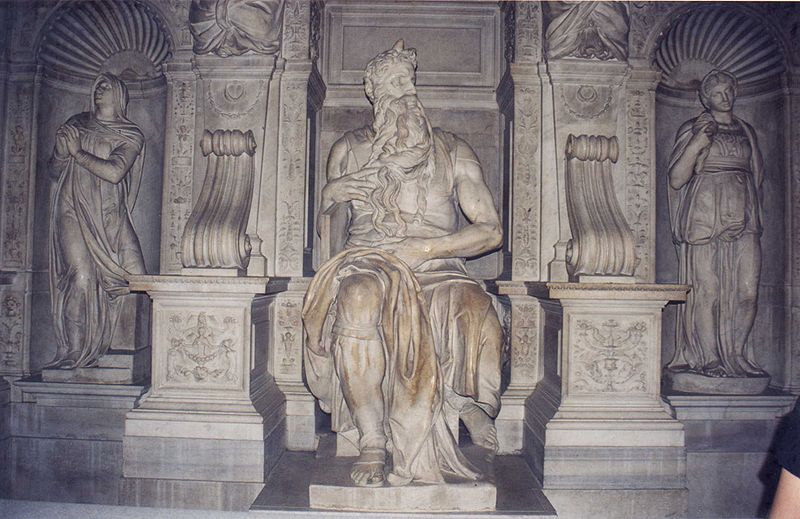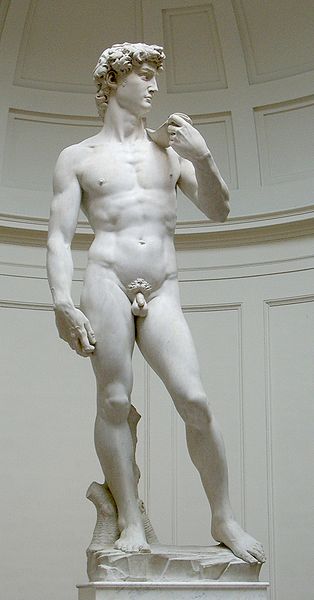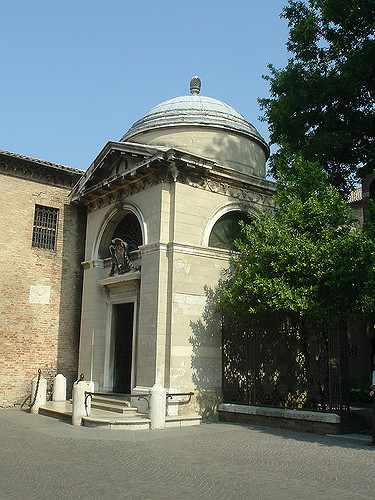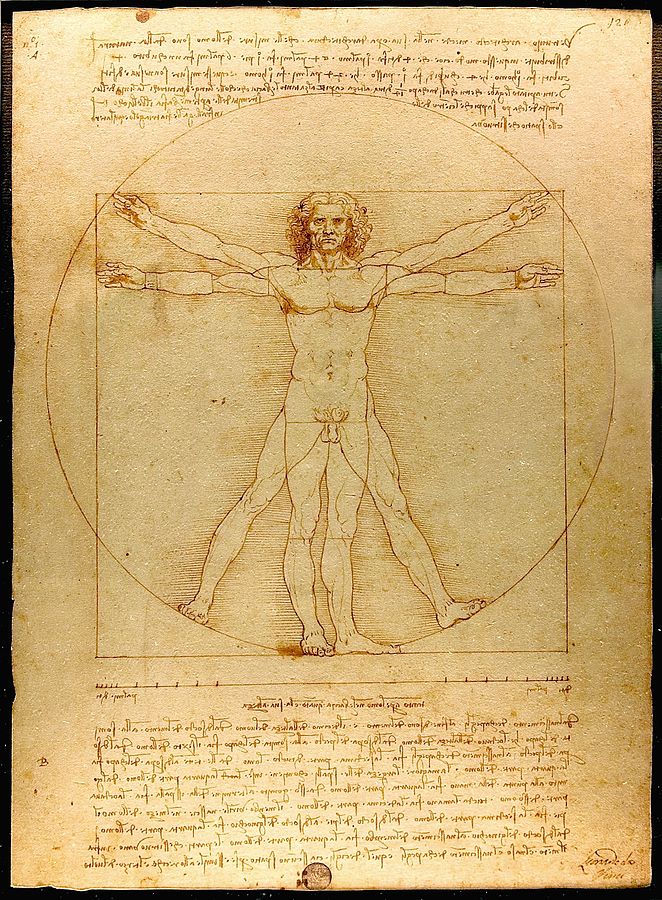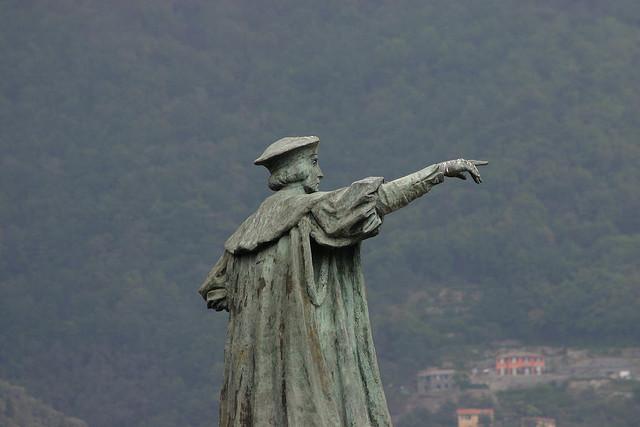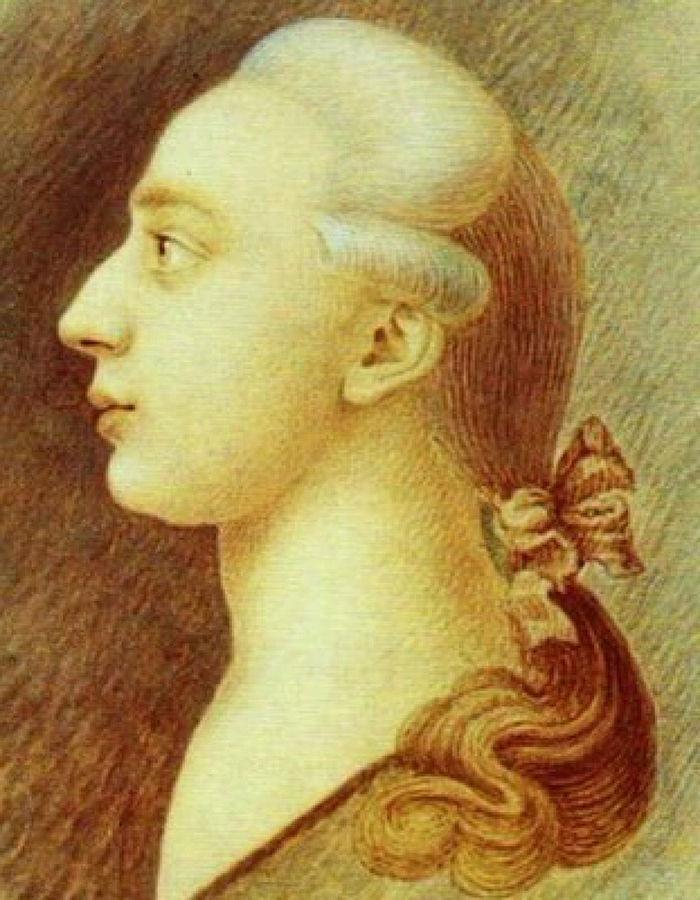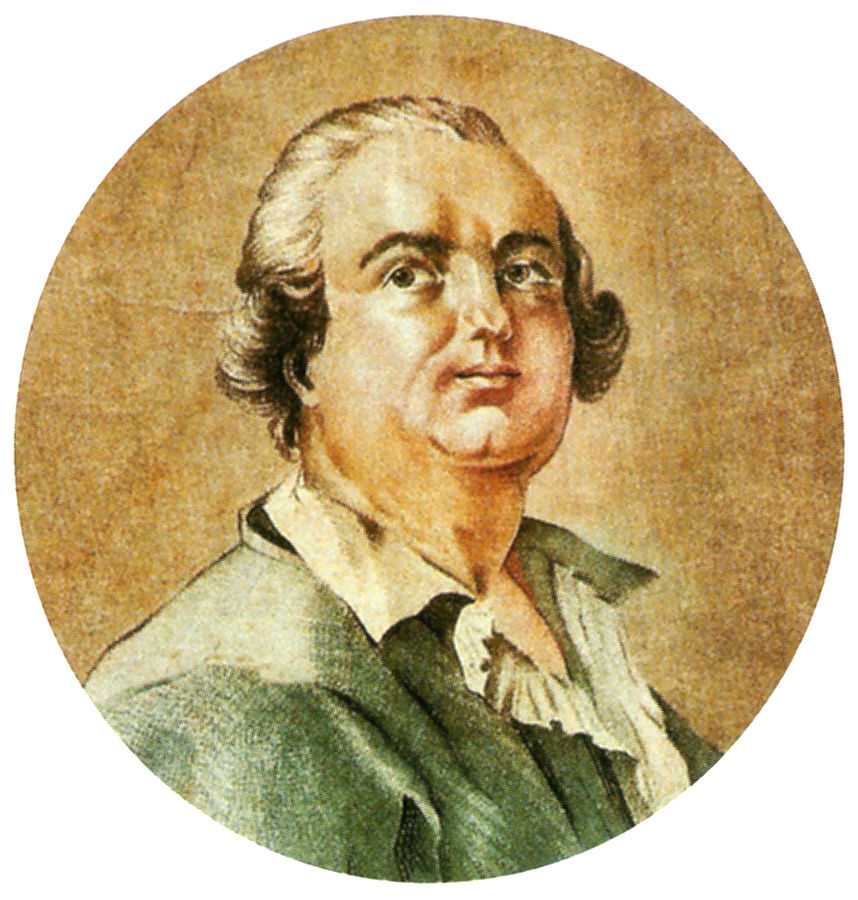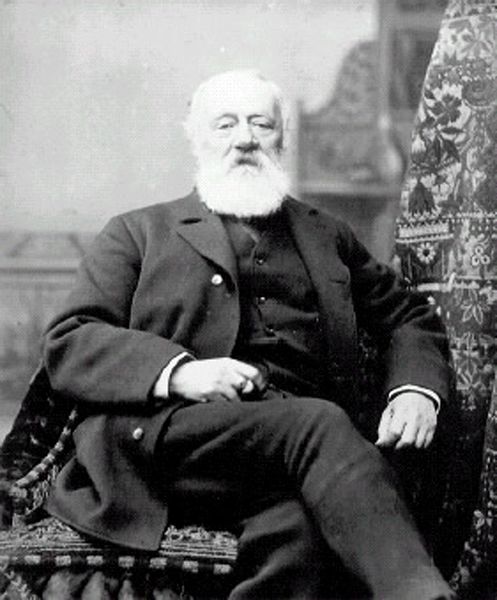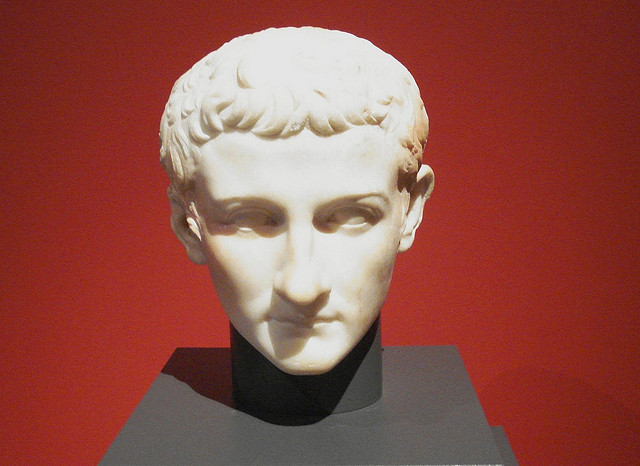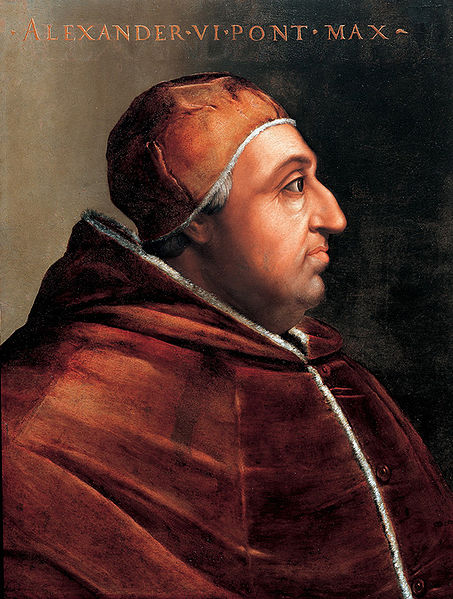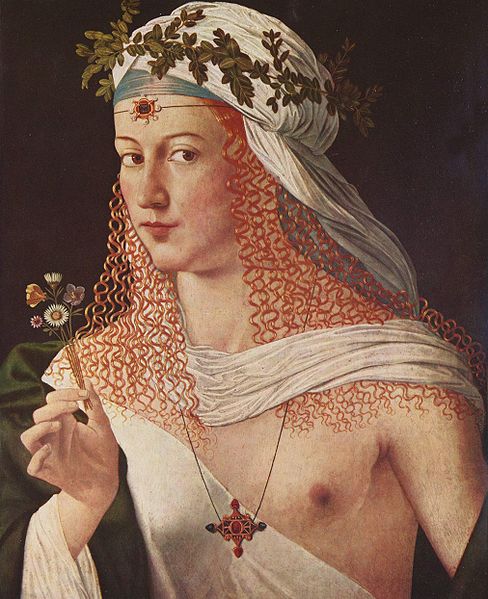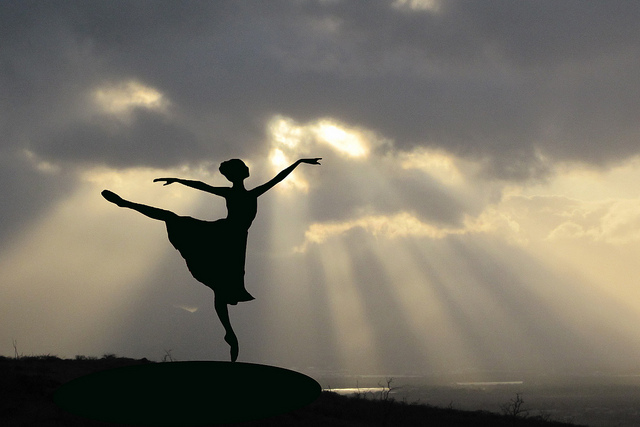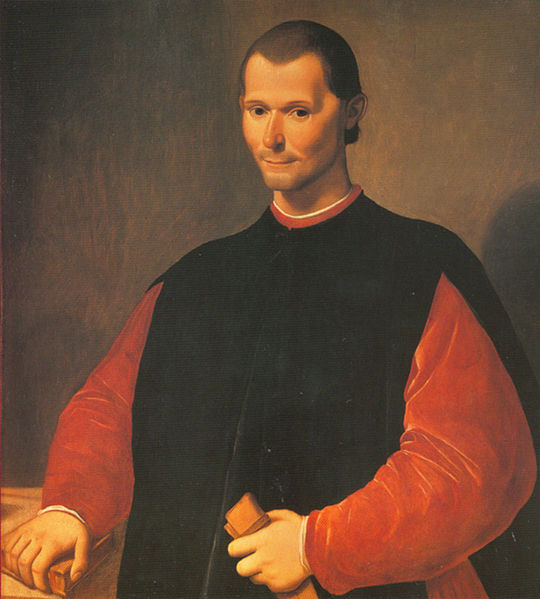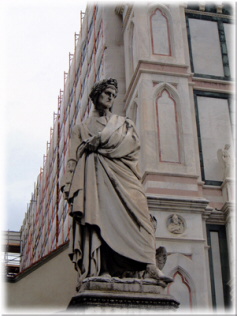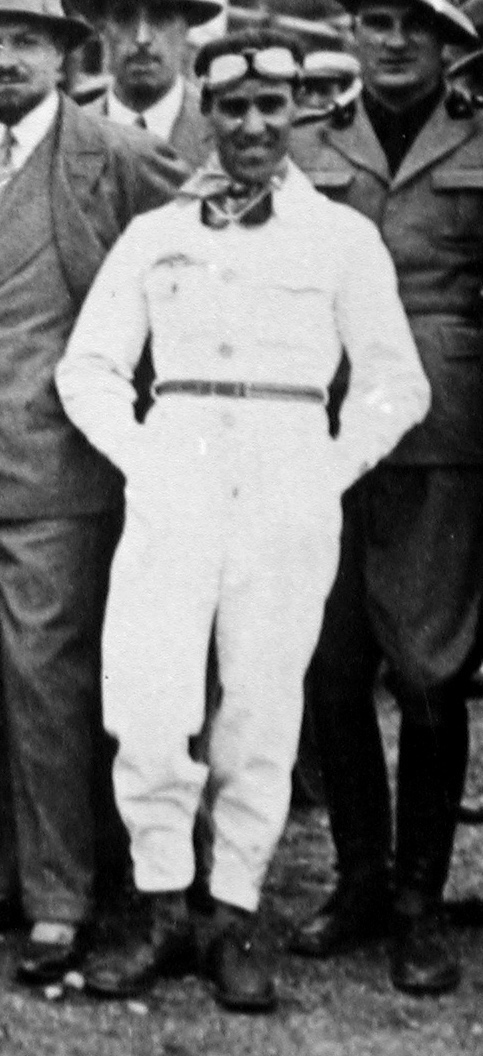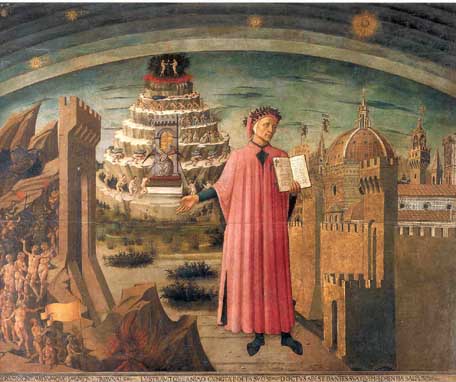Was Michelangelo really the grumpy, taciturn artist portrayed by Charlton Heston in The Agony and the Ecstasy or was he a much nicer person? Who was the real Michelangelo?
We have many perceptions about the great artist who created the statue of David, the sculpture of the Pietà and painted the Sistine Chapel. He is often written about as a tortured and bad-tempered man, troubled by his homosexuality, a starving artist, and a recluse with no friends. Are these perceptions true?
Early Life
Michelangelo certainly had a life filled with difficulty. Born in Caprise, west of Florence in 1475, the artist was the second oldest of six children. His mother died when he was very young and Michelangelo was placed in the care of a wet-nurse from a stonemason’s family. He remarked later that he had absorbed the desire to do sculpting from her ‘milk’.
After going to Latin school, he was taken on as an apprentice by the painter Ghirlandaio to do a three year apprenticeship. Ghirlandaio soon said that:: “This Michelangelo knows more than I do!”
The young artist really wanted to become a sculptor, despite the fact that this annoyed his father. Michelangelo’s father thought that sculpting was a lowly profession. The artist’s talent captured the attention of the great Lorenzo de’ Medici who ruled Florence. At de’ Medici’s school of sculpture, he not only improved his sculpting, he also received a liberal education in the arts and poetry. His early sculptures included the Madonna of the Stars and the finely carved Battle of Lapiths and Centaurs.
When Lorenzo died Michelangelo returned to his father’s house. He was given some commissions by Lorenzo de Pier-Francesco but the artist’s fame came with the incredibly moving and sorrowful sculpture of the Pieta’, which was commissioned by the banker, Jacopo Galli in Rome. His fame grew further when he created the great sculpture of David.
The Grumpy Artist
Michelangelo‘s reputation for being bad-tempered probably arose because of his troubled employment under Pope Julius II. The Pope demanded that the artist create a huge tomb for him, but he kept delaying it. After meeting with the Pope every day, Michelangelo got tired of this and left Rome. According to Michelangelo by Stephanie Penck, he stated: “As far as my departure is concerned, I really did hear on Saturday that he did not wish to pay out another heller either for big or small stones, at which I was quite amazed. His Holiness told me that I should come back on Monday, and on Tuesday and Thursday. Finally on Friday I was sent out, which means thrown out, and the person who did it said he knew me well, but he was told to do it. Enough. He left me with the notion that, if I were to remain in Rome any longer, it would not be the pope’s tomb but my own that would come first. And that occasioned my sudden departure.”
They reconciled when Michelangelo created a statue of Julius. The artist didn’t want to receive the commission for painting the Sistine Chapel because he regarded himself as a sculptor, not a painter. He even suggested the great artist, Raphael, instead, but he couldn’t refuse the Pope.
There is a myth that he achieved this magnificent work alone. Certainly he was in charge of this painful, difficult and back-breaking work. He employed thirteen assistants, however, to help with the plastering, the cartoons and mixing the colors.
Long afterwards, the great artist became the Vatican’s principal sculptor, painter and architect. A very religious man, he worked on this commission without payment.
Was Michelangelo Solitary?
The perception that Michelangelo was a solitary artist is untrue, according to a scholar who studied him for many years. William Wallace has said that the artist operated his business much like the Chief Executive of a medium-size company.
He was also a much kinder man than is commonly believed. He paid his workers, whom he was fond of well and never fired them. When his faithful servant, Urbino, died, he provided for his widow and he took an interest in his motherless child.
Michelangelo also provided for his own family, buying a large farm for them near Florence, and he was close to his nephew.
Although he grumbled about his friends somewhat, he had a large circle of friends whom he was fond of, including the aristocratic Vittoria Colonna. He regarded her as his confidante and spiritual advisor.
It is also untrue that Michelangelo was a starving artist. In fact, he was worth 50,000 gold ducats, an enormous sum of money when he died and he owned many properties. He also kept a large sum in a box beside his bed! Apparently he liked to give the impression that he had troubles with money when he really didn’t.
Was Michelangelo Homosexual?
A very common myth about Michelangelo is that the artist was gay. He may have had homosexual leanings, and he had a close relationship with a good-looking, young man, Tommaso de Cavalieri. Professor Beck, the author of The Three Worlds of Michelangelo, told Dalya Alberge of The Times in the article, ‘Michelangelo is not gay, says scholar’ in February, 1999 that this contention is ‘without solid, historical support.’
Michelangelo said: ‘The true work of art is but a shadow of the divine perfection.’ Many would disagree with this when they look at the magnificence of the Sistine Chapel or the Pietà.
By Lisa-Anne Sanderson

